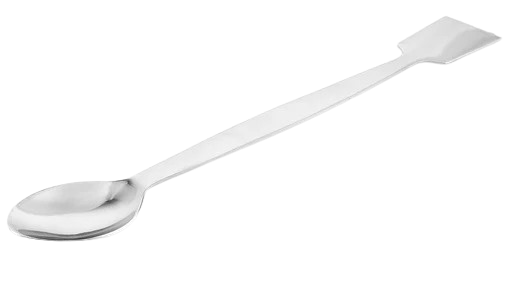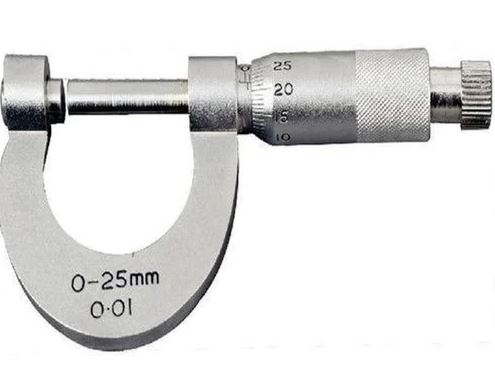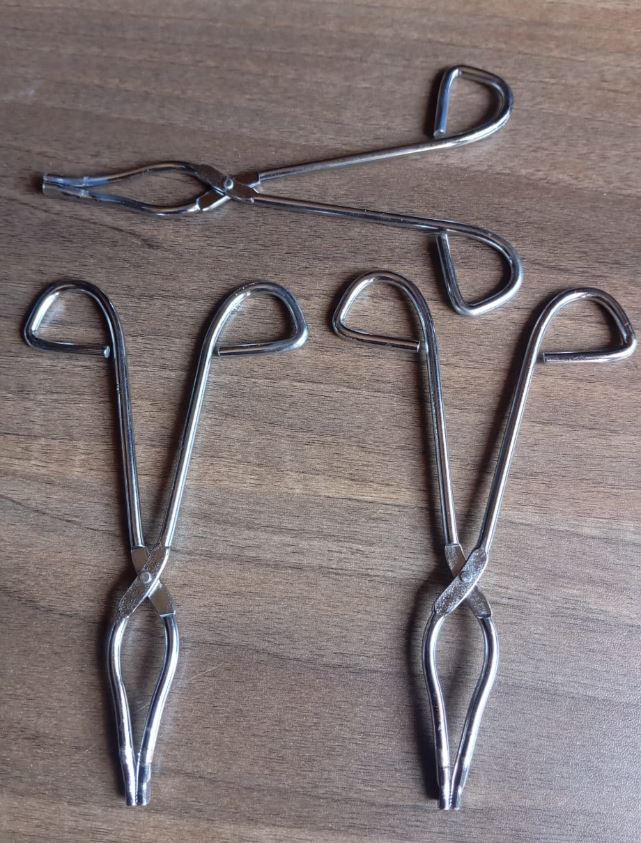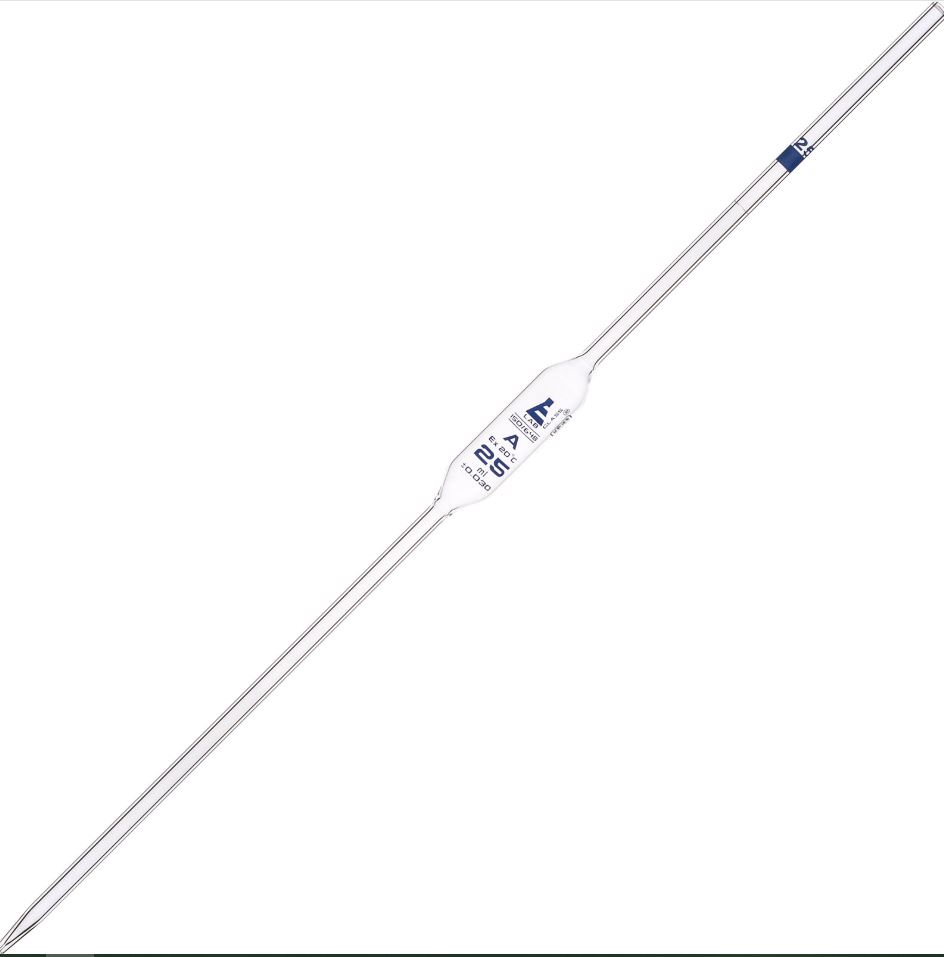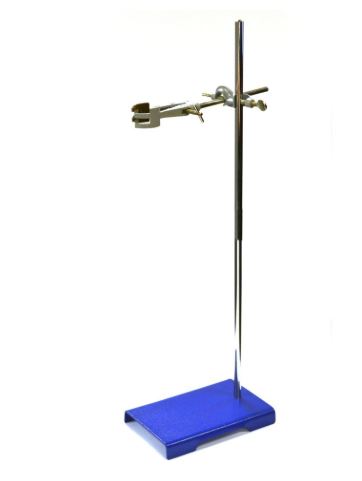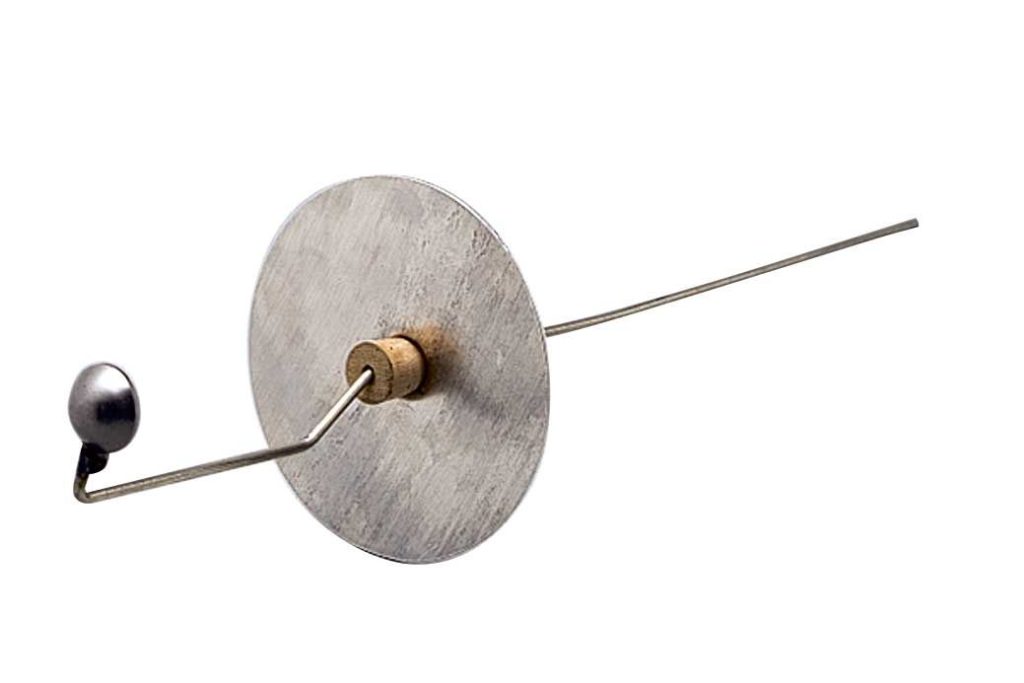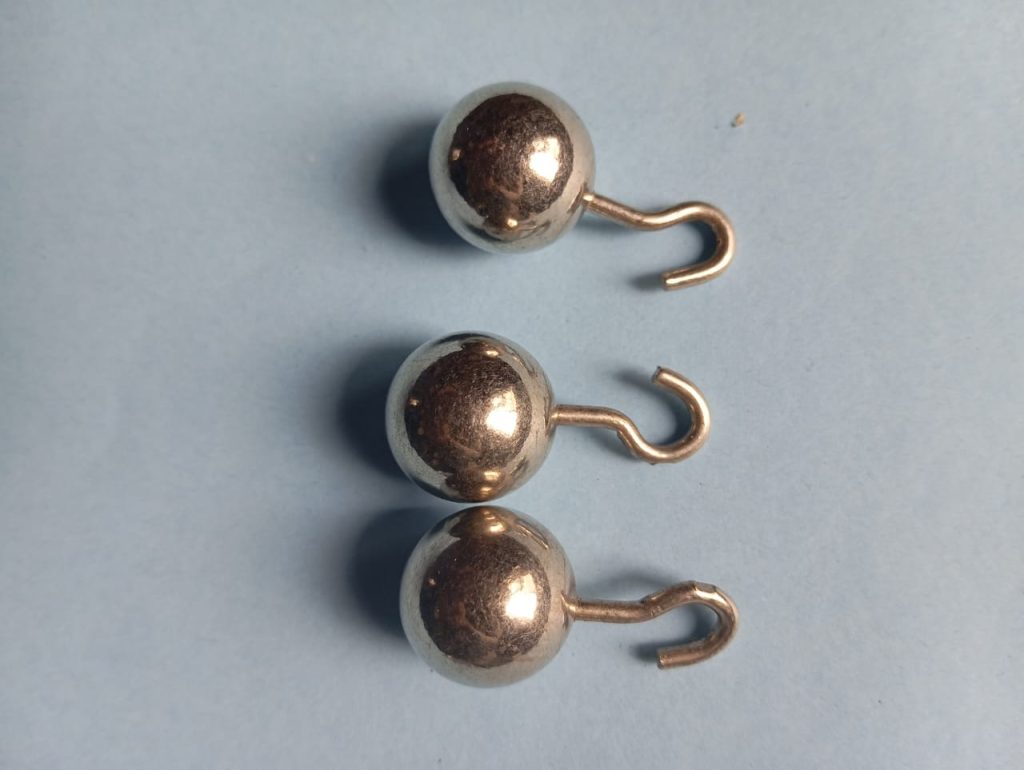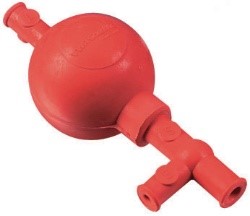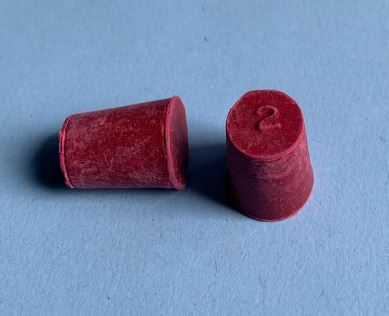Crucible Tongs
Description:
-
Shape and Design: Crucible tongs typically have long handles and curved, gripping ends that are specifically shaped to fit around the edges of a crucible. The gripping ends may have clamps or padded jaws to securely hold the crucible without damaging it.
-
Material: Crucible tongs are usually made from metal (such as stainless steel or iron) due to its heat resistance. The material needs to withstand the high temperatures that can be encountered when handling a hot crucible.
-
Insulation: Some crucible tongs have insulated grips or rubber coatings at the handle to provide extra protection against the heat, making them easier to handle even at high temperatures.
Function:
-
Handling Hot Crucibles: The primary purpose is to lift and move hot crucibles that are being heated for experiments or chemical reactions. Since the crucible can reach very high temperatures (often above 500°C), the tongs allow for safe handling without direct contact.
-
Preventing Burns: Crucible tongs are designed to protect the user from burning themselves while moving or manipulating the crucible during experiments or heating processes.
-
Secure Grip: The tongs are designed to provide a firm grip on the crucible, ensuring it doesn’t slip or fall during handling.
Common Uses:
-
Laboratory Work: Crucible tongs are used in laboratories during high-temperature processes, such as heating chemicals, metals, or conducting experiments that require crucibles.
-
Industrial Applications: In industries where metalworking or high-heat processes are involved (such as foundries or metal casting), crucible tongs are used to handle molten metals.


